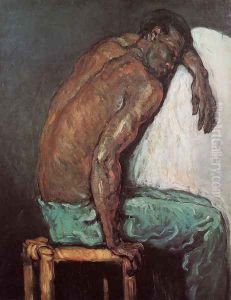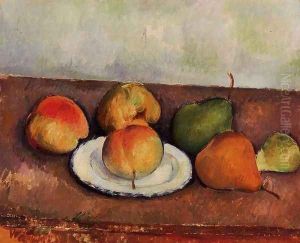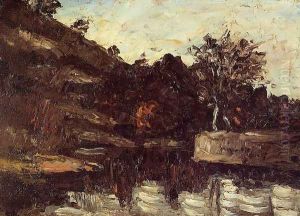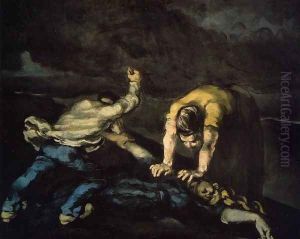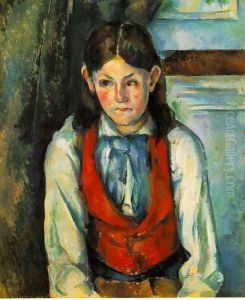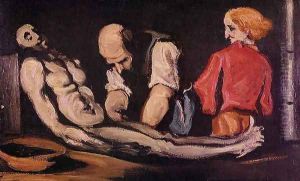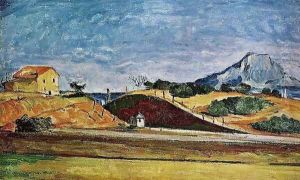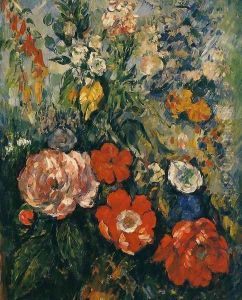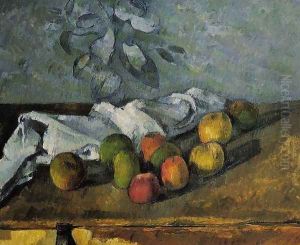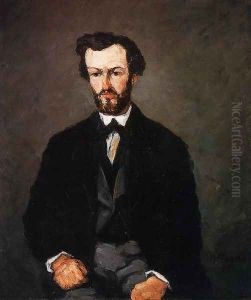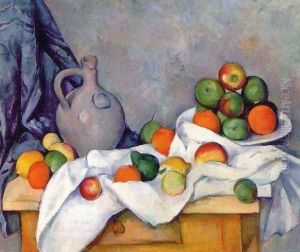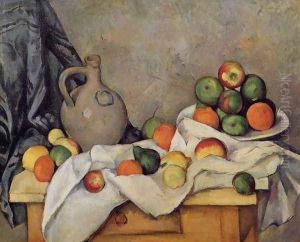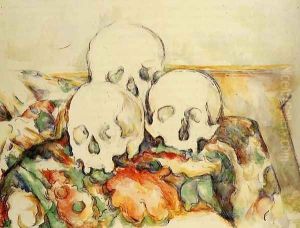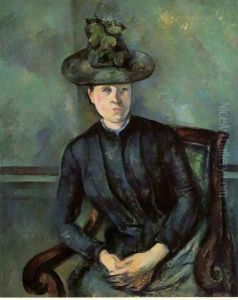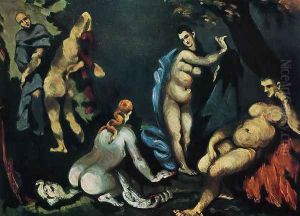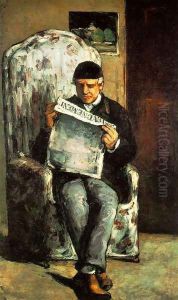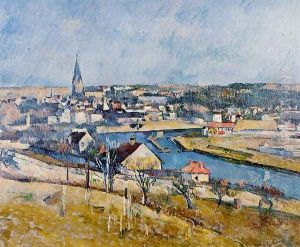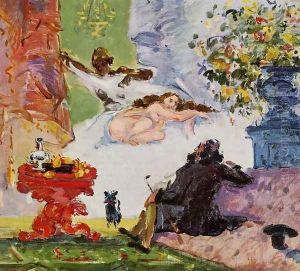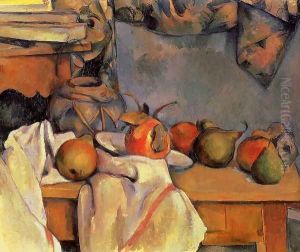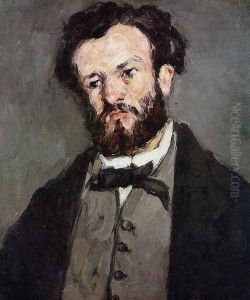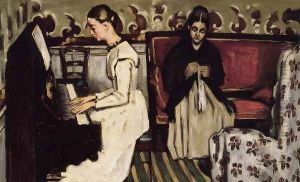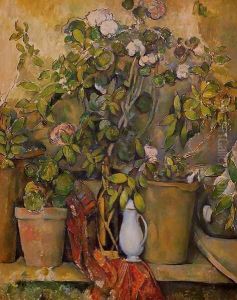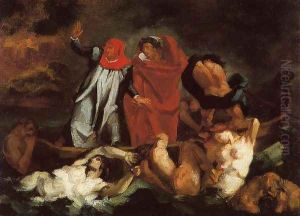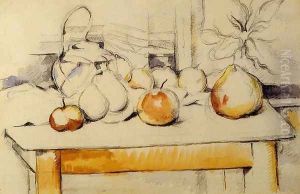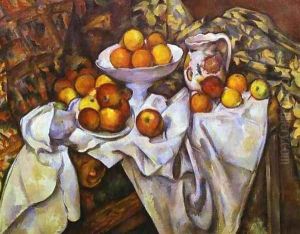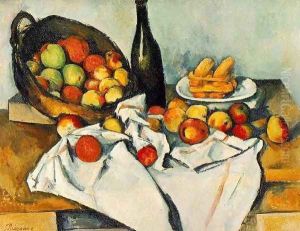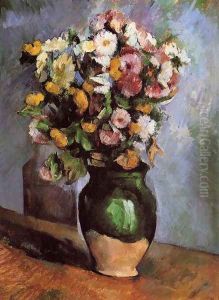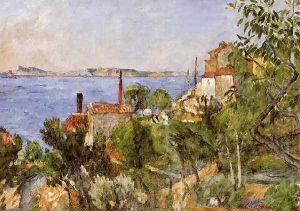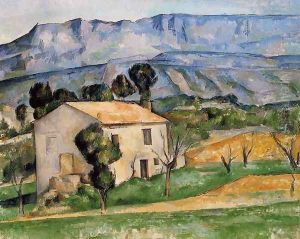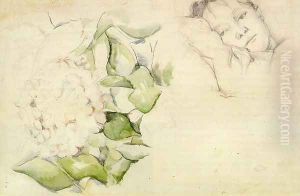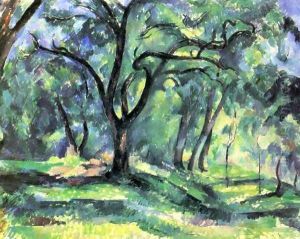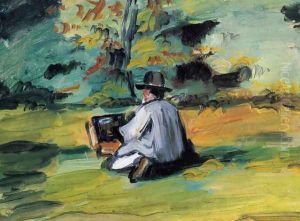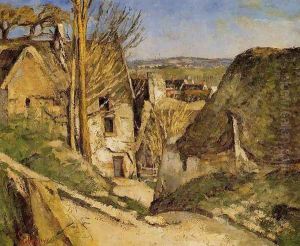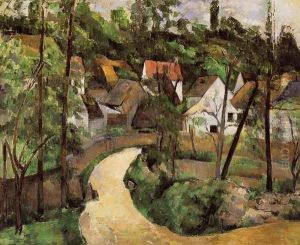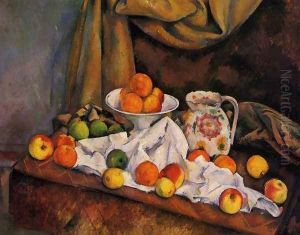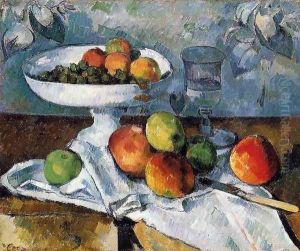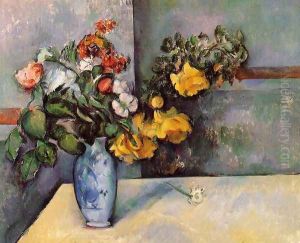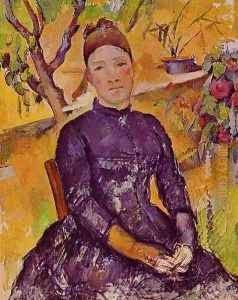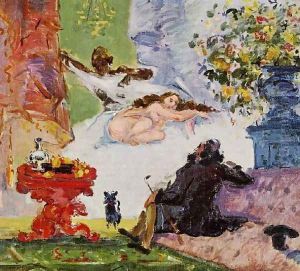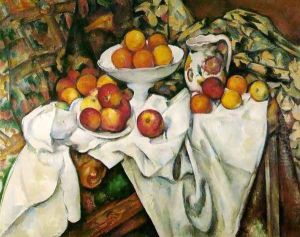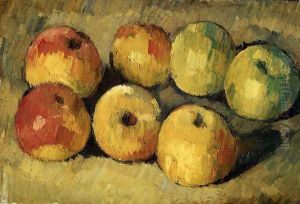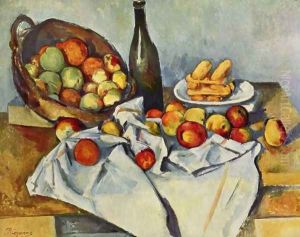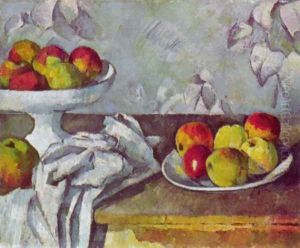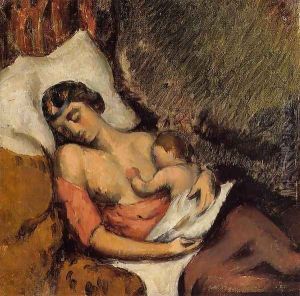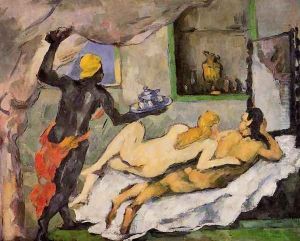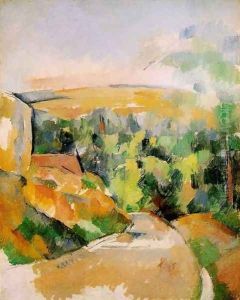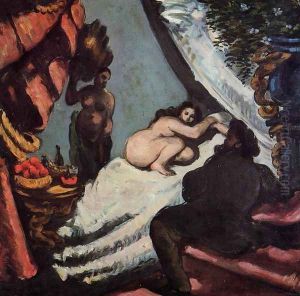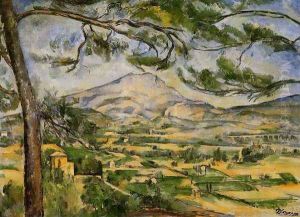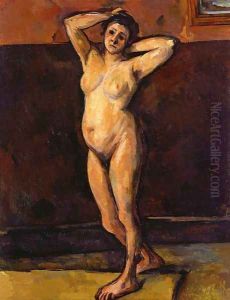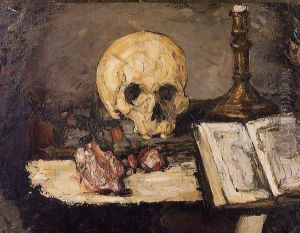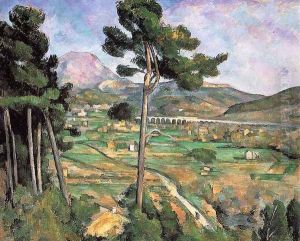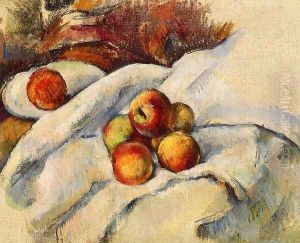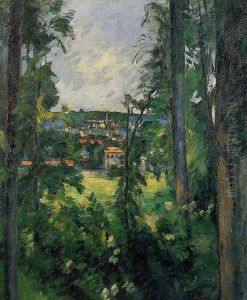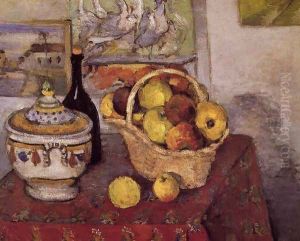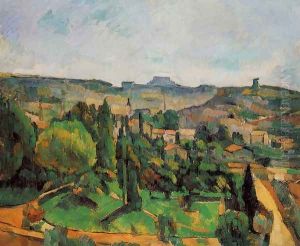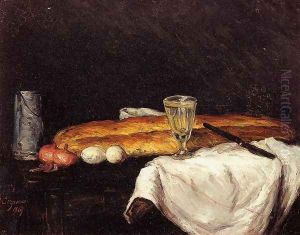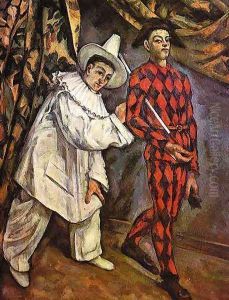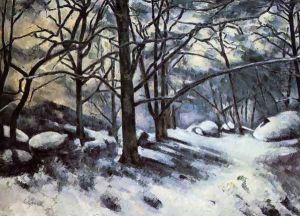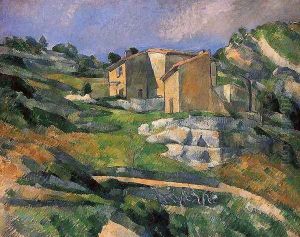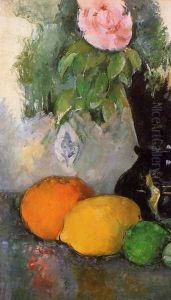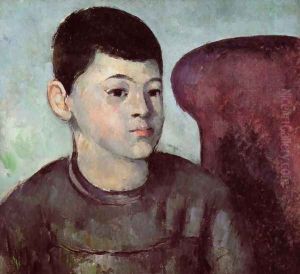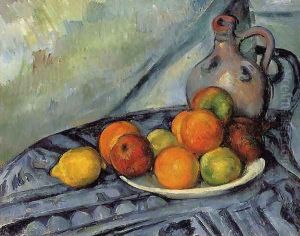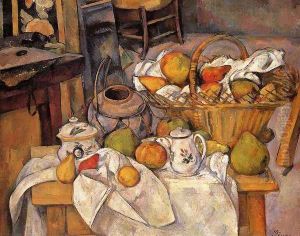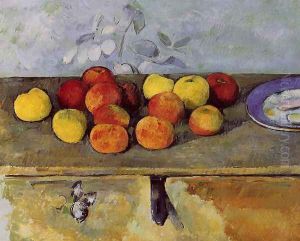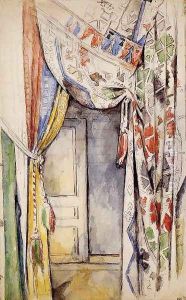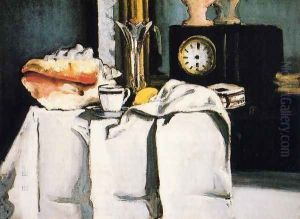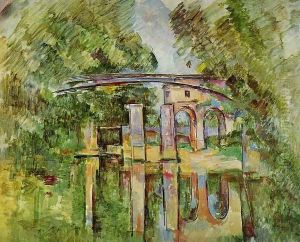Paul Cezanne Paintings
Paul Cézanne was a French artist and Post-Impressionist painter whose work laid the foundations of the transition from the 19th-century conception of artistic endeavor to a new and radically different world of art in the 20th century. Cézanne's often repetitive, exploratory brushstrokes are highly characteristic and clearly recognizable. He used planes of color and small brushstrokes that build up to form complex fields. The paintings convey Cézanne's intense study of his subjects.
Cézanne was born on January 19, 1839, in Aix-en-Provence, France, to a wealthy family. He began his studies at the Collège Bourbon, where he became friends with Émile Zola, who would later become one of the greatest French novelists. Initially, Cézanne studied law, in accordance with his father's wishes, but his passion for art prevailed, leading him to Paris in 1861 to pursue a career as an artist.
In Paris, Cézanne studied at the Académie Suisse and spent a significant amount of time working from the models in the Louvre. Although he submitted works to the Salon, the official art exhibition of the Académie des Beaux-Arts in Paris, his paintings were rejected. He became associated with the Impressionist movement, forming close ties with Camille Pissarro and participating in the first exhibition of the Société des Artistes Indépendants in 1874.
Despite his association with the Impressionists, Cézanne's approach to painting differed significantly. He was interested in the simplification of naturally occurring forms to their geometric essentials. He wanted to see the underlying structure in everything he painted, which is evident in his still lifes with fruit and landscapes of the Mont Sainte-Victoire and the surrounding area.
Cézanne's work was not widely recognized or appreciated during his lifetime. However, his unique approach to painting influenced the art movements that followed, including Cubism, Fauvism, and abstract expressionism. Younger artists, including Matisse and Picasso, called Cézanne 'the father of us all' because of his profound impact on the direction of modern art.
Cézanne's exploration of geometric simplification and optical phenomena inspired many artists, but it was his deep analytical approach to nature and his relentless pursuit of rendering the essence of the visual experience that marked his work as a significant turning point in the history of art. He died on October 22, 1906, after contracting pneumonia and is remembered as one of the most influential artists of the 19th century.
